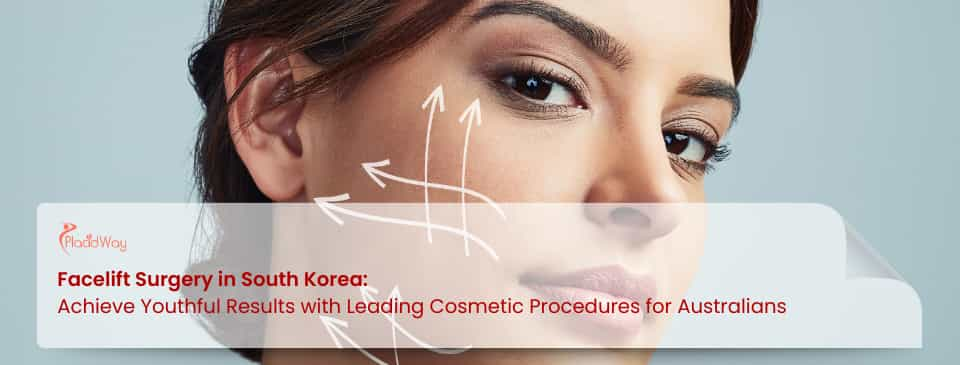
For Australians seeking to turn back the clock and rejuvenate their appearance, facelift surgery offers a transformative solution. However, the high costs in Australia can be a significant barrier. South Korea, renowned as a global powerhouse for cosmetic surgery, presents an exceptional alternative. It combines surgical innovation, world-class surgeons, and competitive pricing, making it a premier destination for Australians looking to achieve natural, youthful results. This guide explores everything you need to know about getting a facelift in South Korea.
Key Takeaways
-
Significant Savings: Australians can save 40-60% on facelift surgery in South Korea compared to domestic prices, even after accounting for travel and accommodation.
-
Technological Advancement: Korean surgeons are pioneers in advanced, minimally invasive facelift techniques that offer natural-looking results, reduced scarring, and faster recovery times.
-
All-Inclusive Packages: Medical tourism packages in Korea are comprehensive, often including the surgery, luxury accommodation, private transport, translation services, and dedicated post-operative care.
-
Cost Comparison:
-
South Korea: A full surgical facelift package typically ranges from AUD $10,000 to $18,000. Mini-facelift packages start from around AUD $6,000.
-
Australia: A similar full facelift procedure can cost between AUD $25,000 and $50,000 or more.
-
United States: Costs are comparable to Australia, often ranging from AUD $20,000 to $45,000.
-
Thailand: Prices are competitive with Korea, generally ranging from AUD $8,000 to $15,000.
-
Understanding Facelift Surgery (Rhytidectomy)
A facelift, or rhytidectomy, is a cosmetic surgical procedure designed to create a more youthful appearance in your face by tightening underlying muscles, redraping the skin of your face and neck, and removing excess fat.
Modern facelift surgery has moved far beyond the simple "skin-pulling" techniques of the past, which often resulted in a "wind-tunnel" look. Today's advanced procedures focus on the deeper foundational layers of the facial tissue, specifically the SMAS (Superficial Musculoaponeurotic System). By repositioning this layer, surgeons can achieve a lift that is both significant and remarkably natural, addressing sagging jowls, deep creases, and loose skin on the neck for long-lasting results.
Why is South Korea a Global Leader in Facelift Surgery?
South Korea's dominance in cosmetic surgery stems from a unique combination of cultural emphasis on aesthetics, intense competition driving innovation, and rigorous training standards for surgeons.
The country has one of the highest numbers of cosmetic surgeons per capita in the world. This highly competitive environment pushes clinics and surgeons to constantly refine their techniques and adopt the latest technology. Korean surgeons are celebrated for their meticulous, artistic approach, focusing on creating harmony and balance in facial features rather than an "operated" look. For international patients, particularly Australians, this translates into access to elite surgical skills at a fraction of the cost back home.
Did You Know? Seoul is often referred to as the "plastic surgery capital of the world." The affluent district of Gangnam alone is reported to have over 500 cosmetic surgery clinics, showcasing the incredible density and specialization available.
Types of Facelift Procedures Offered in South Korea
Korean clinics offer a spectrum of facelift techniques, from comprehensive surgical options to less invasive "mini-lifts," tailored to each patient's unique anatomy and aesthetic goals.
Full Facelift (SMAS Facelift)
The SMAS facelift is the gold standard for comprehensive facial rejuvenation. It addresses moderate to severe sagging in the mid-face, jowls, and neck. The surgeon makes incisions discreetly along the hairline and around the ear, allowing them to access and tighten the underlying SMAS layer before redraping the skin and removing any excess. This provides the most dramatic and long-lasting results.
Mini Facelift
A mini facelift is a less invasive option ideal for patients with mild to moderate sagging, primarily in the jawline and jowl area. It involves shorter incisions, typically just around the ear. This "short-scar" technique results in a quicker recovery period and is an excellent choice for younger patients or those seeking a more subtle refreshment.
Thread Lift
A thread lift is a minimally invasive procedure where medical-grade threads with tiny barbs or cones are inserted under the skin to lift and support sagging tissue. It stimulates collagen production, providing a dual effect of immediate lifting and long-term skin tightening. While not as permanent as a surgical facelift, it's a popular choice for those seeking noticeable results with minimal downtime.
The Facelift Journey for Australian Patients in South Korea
The process for an Australian patient is designed to be seamless and stress-free, with clinics offering dedicated support systems for international visitors.
-
Digital Consultation: Your journey starts with an online consultation. You'll share photos of your face and neck, and a patient coordinator will arrange a virtual meeting with a surgeon. During this call, you'll discuss your goals, and the surgeon will recommend a personalized surgical plan.
-
Package and Itinerary: Once you approve the plan, the clinic will provide an all-inclusive price quote. This package typically includes the surgery, anesthesia, pre-operative tests, post-operative care, hotel accommodation, airport transfers, and a personal translator.
-
Travel and Arrival: You will book your flights to Seoul (Incheon International Airport - ICN). Australians can visit South Korea visa-free for up to 90 days. Upon arrival, a clinic representative will greet you and take you to your hotel.
-
In-Person Consultation and Surgery: The day before your surgery, you will meet your surgeon in person for a final, detailed consultation and pre-operative checks. The facelift surgery itself is performed under general anesthesia or twilight sedation and can take between 3 to 6 hours.
-
Recovery and Post-Operative Care: You will recover in a dedicated facility or your hotel with support from the clinic's staff. Several post-operative appointments will be scheduled to monitor your healing, remove stitches, and provide treatments like deswelling laser therapy to speed up recovery. Most patients are cleared to fly back to Australia within 10 to 14 days.
Deconstructing the Cost of a Facelift in South Korea
The primary driver for Australians choosing South Korea is the exceptional value. You receive world-class surgical care for significantly less than the cost in Australia.
What does a typical Korean package include?
-
Surgeon and Anesthesiologist fees
-
All pre-operative medical tests
-
All medications required during and after your stay
-
7-14 nights in a 4 or 5-star hotel
-
Private VIP transfers (Airport-Hotel-Clinic)
-
Personal translator for all appointments
-
Post-operative treatments (deswelling, shampoo services)
-
Post-care products to take home
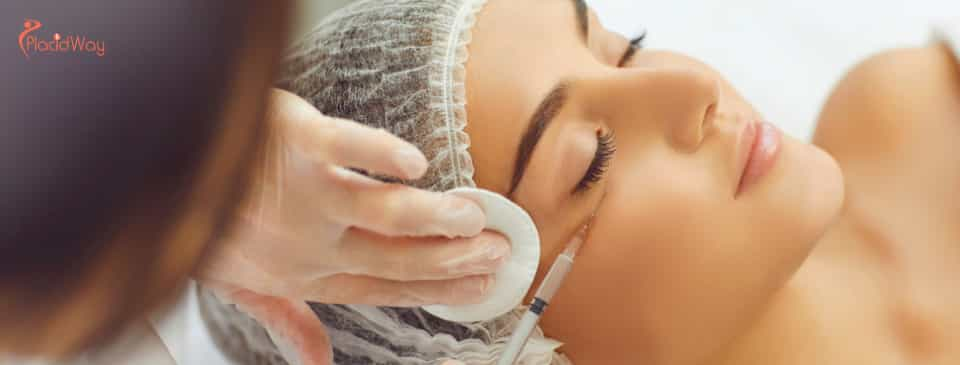
Recovery Timeline: What to Expect After Your Surgery
Understanding the recovery process is key to managing expectations. While healing varies for everyone, a general timeline can provide a helpful guide.
-
Week 1: This is the most intensive recovery phase. Swelling and bruising will be at their peak. You'll wear a compression garment to minimize swelling. Most of your time will be spent resting. Stitches are typically removed around day 7.
-
Week 2: Swelling and bruising will significantly subside. You'll feel much more comfortable and can engage in light activities like walking. Most patients are cleared to fly home at the end of this week.
-
Weeks 3-4: You can usually return to non-strenuous work and social activities. Major swelling will have resolved, but some residual firmness or numbness is normal.
-
Months 2-6: Your results will continue to refine as residual swelling disappears completely. Your incision lines will fade from pink to a less noticeable white.
-
1 Year: The final results of your facelift will be fully visible. The skin will feel normal, and scars will be at their most faded point.
Expert Insight: Korean clinics often include complimentary post-operative treatments like LED therapy or lymphatic massage. These services are designed to reduce swelling and bruising more quickly, accelerating the healing process and improving the final outcome.
Am I a Good Candidate for a Facelift?
Ideal candidates for a facelift are individuals who are bothered by the signs of facial aging but still have some skin elasticity.
You might be a good candidate if you:
-
Are physically healthy and a non-smoker.
-
Have moderate to severe sagging in the mid-face, jowls, and neck.
-
Are concerned about deep wrinkles, such as nasolabial folds (lines from the nose to the corners of the mouth).
-
Have realistic expectations about the outcome of the surgery.
-
Are looking for a long-term solution to facial aging.
Frequently Asked Questions (FAQs) for Australians
How long do facelift results last?
The results of a full surgical facelift are long-lasting, typically turning the clock back by 7-10 years. While the natural aging process will continue, you will always look younger than if you had never had the surgery. The results of a mini-lift may last for 5-7 years.
Will I have noticeable scars?
Korean surgeons are masters of stealth incisions. They meticulously place the incisions within the natural contours of the hairline and around the ear, making them very difficult to detect once they have fully healed.
Is the language barrier a problem in South Korea?
No. Top clinics catering to international patients have a dedicated team of English-speaking coordinators and provide a personal translator for all your medical consultations and appointments, ensuring clear communication at every stage.
How do I choose a safe and reputable surgeon in South Korea?
Look for surgeons who are board-certified and members of professional organizations like the Korean Society of Plastic and Reconstructive Surgeons (KSPRS). Prioritize clinics with a long history of serving international patients, and ask to see plenty of before-and-after photos of previous Australian or Western patients.
What is the best age to get a facelift?
There is no "best age." The decision should be based on your individual signs of aging and personal goals rather than a number. Most patients are between their late 40s and 60s, but the procedure can be performed successfully on older patients as well.
Can I combine a facelift with other procedures?
Yes, it is very common to combine a facelift with other procedures for more comprehensive rejuvenation. Popular combinations include eyelid surgery (blepharoplasty), a brow lift, or fat grafting to restore lost facial volume.
Start Your Rejuvenation Journey with Confidence
Choosing to have a facelift is a significant decision. Choosing to have it in South Korea with PlacidWay makes the process simple, safe, and accessible. We connect you with South Korea’s most elite, board-certified cosmetic surgeons and clinics, ensuring your experience is as flawless as your results. We handle the details so you can focus on your transformation.


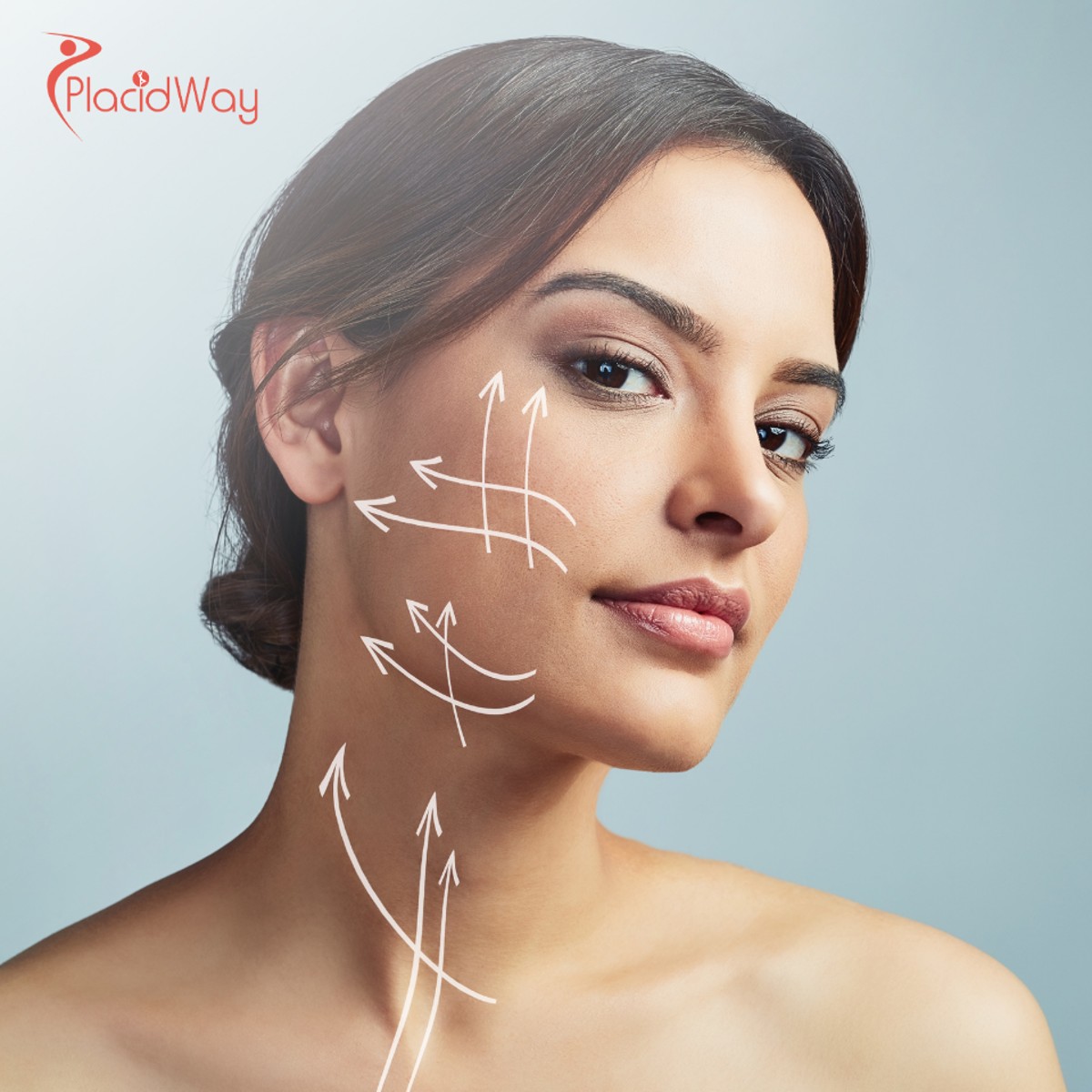




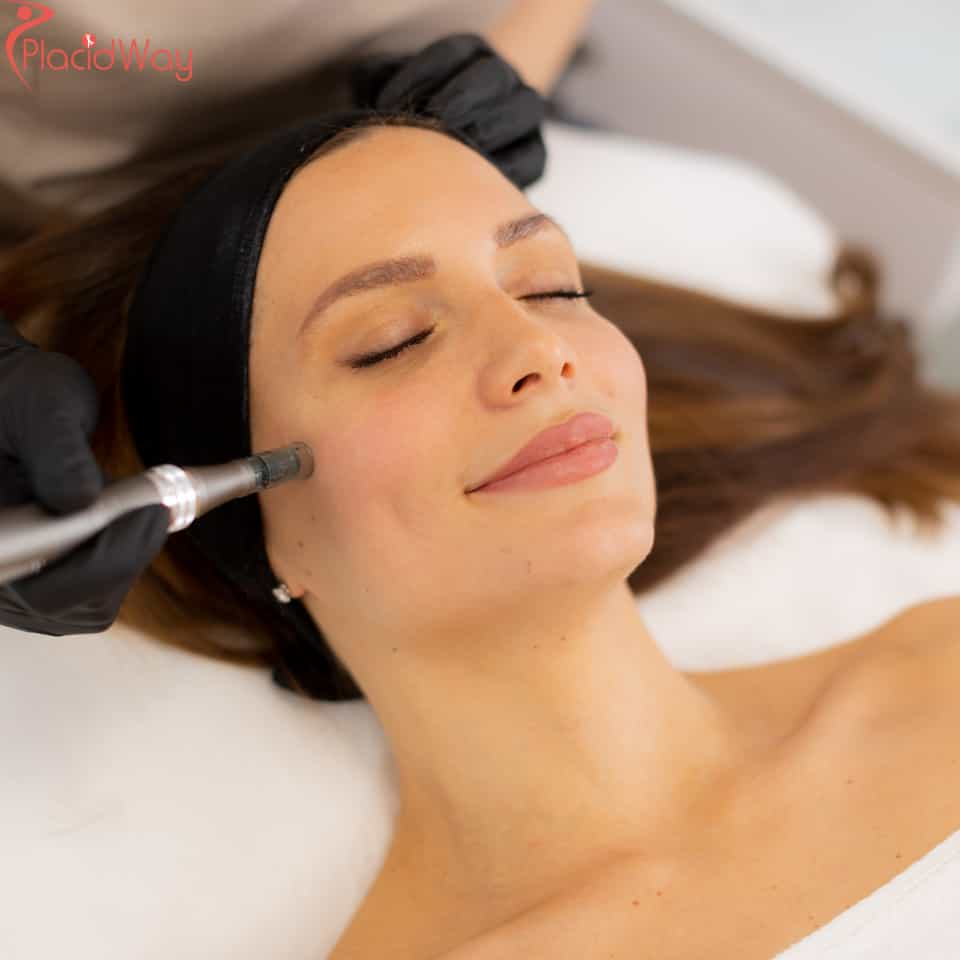



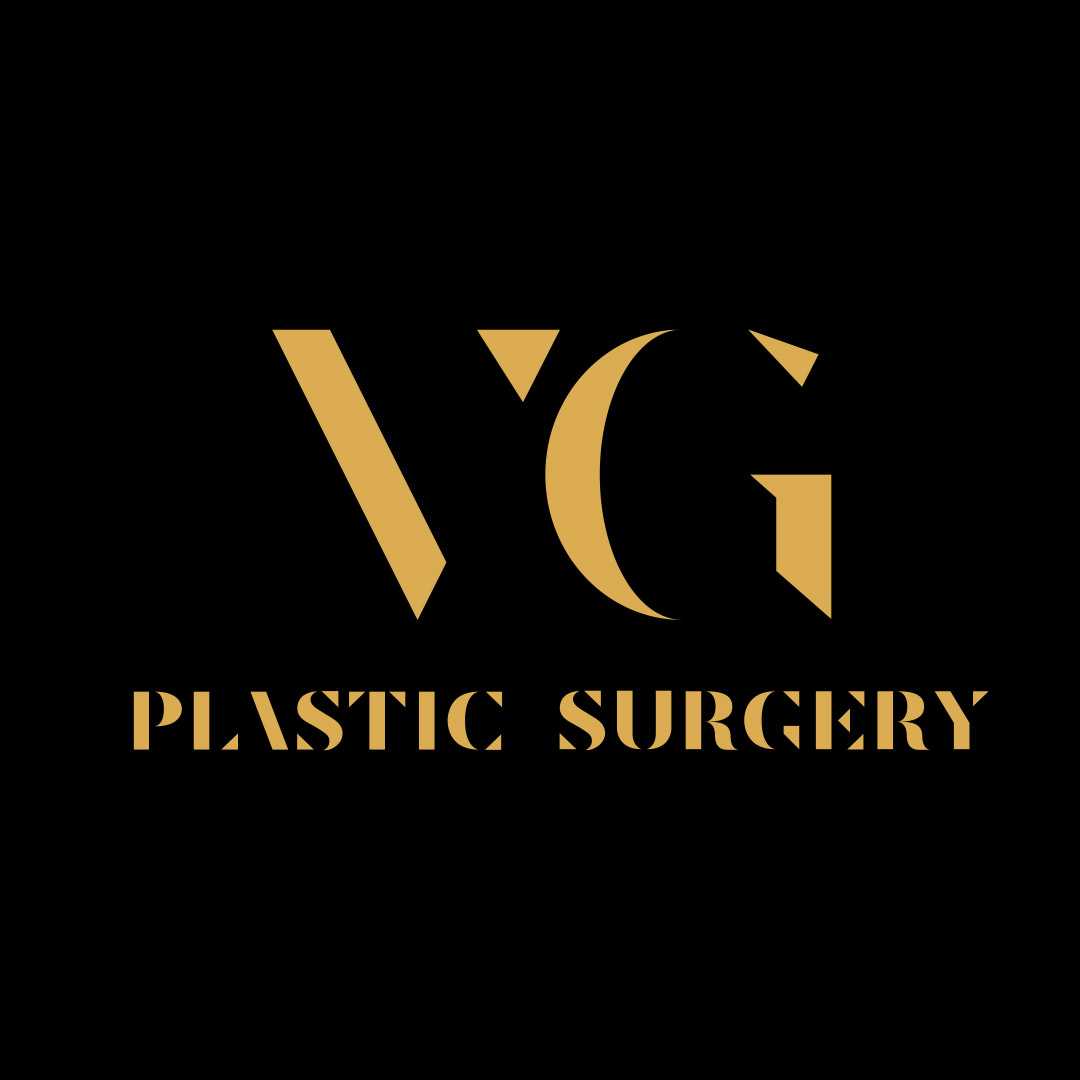
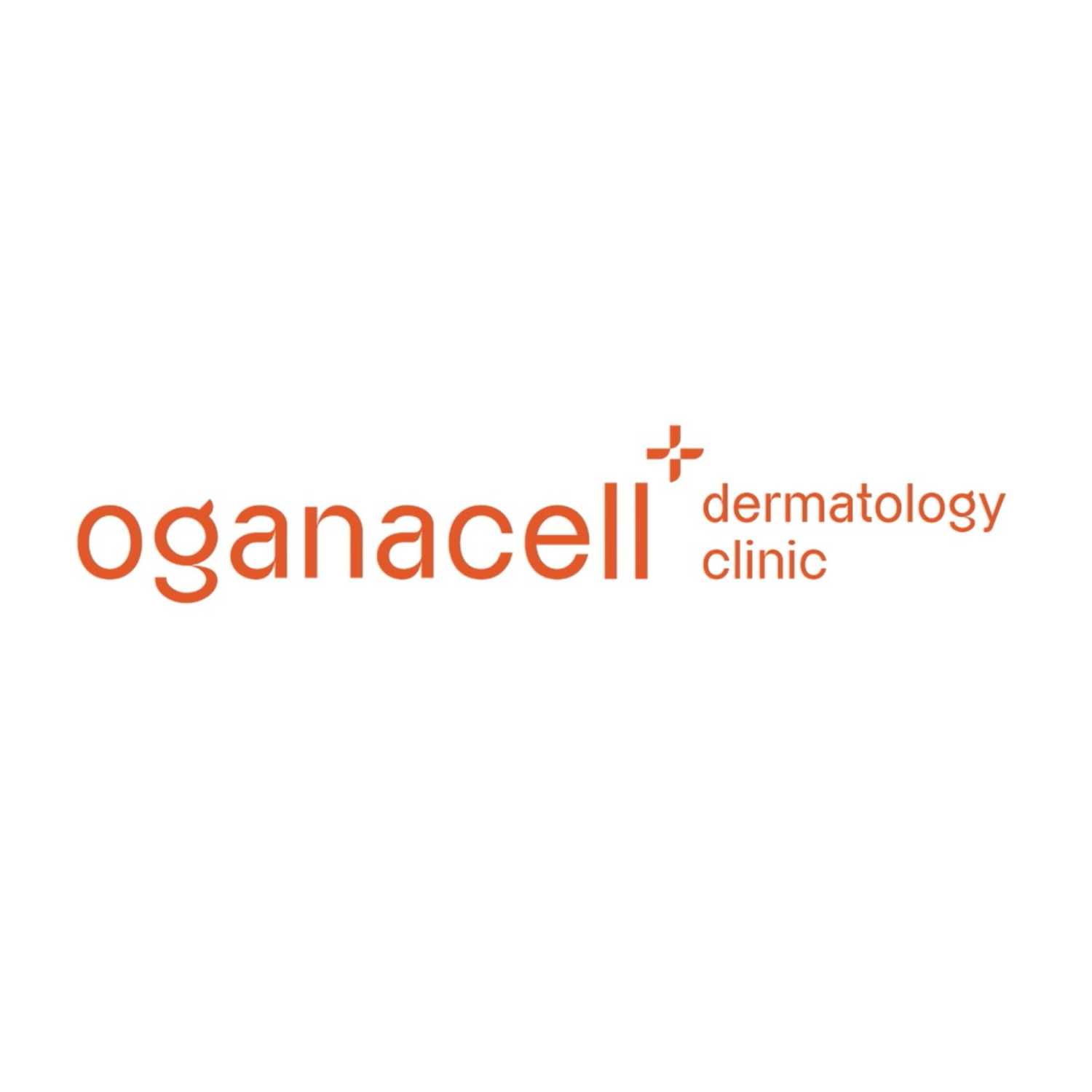
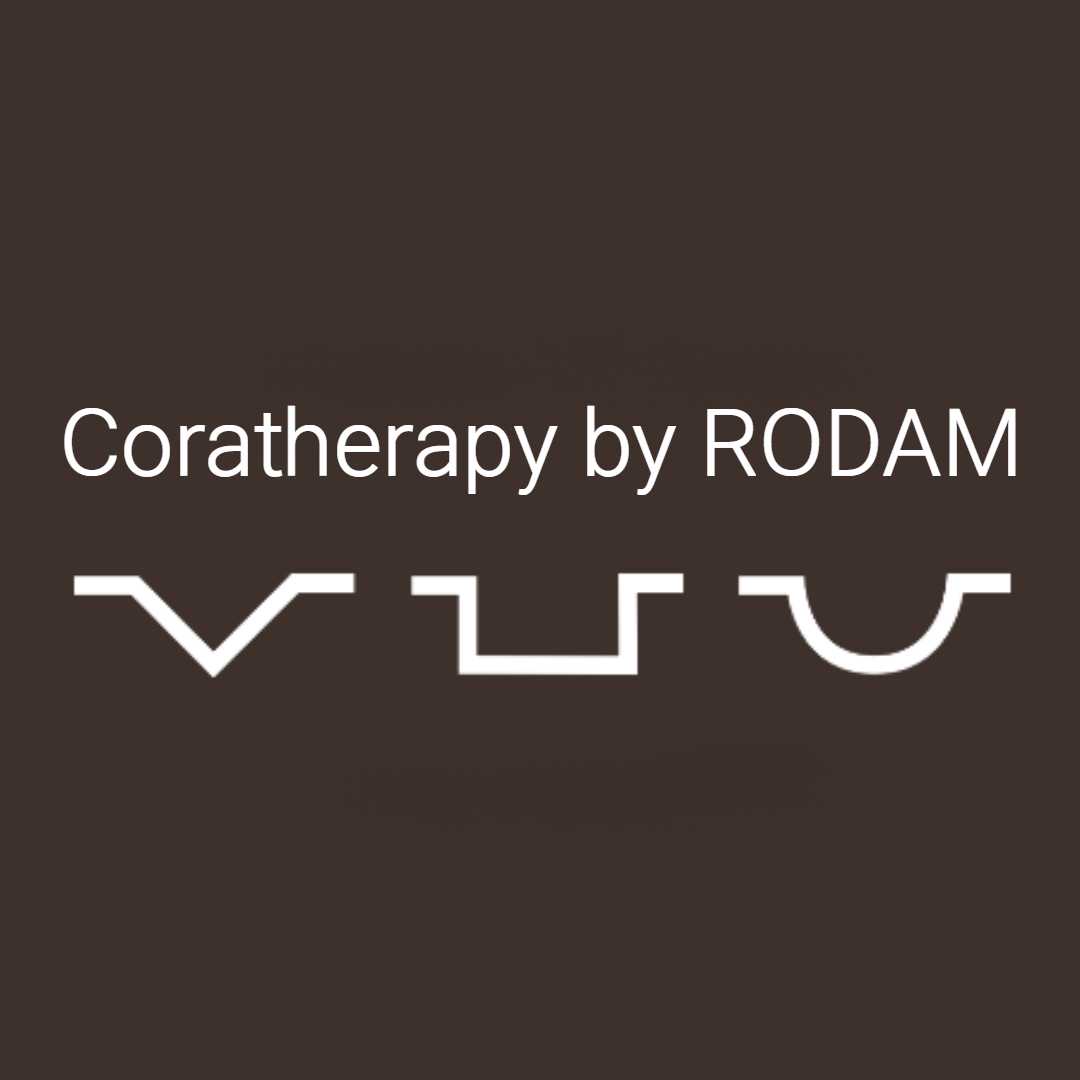
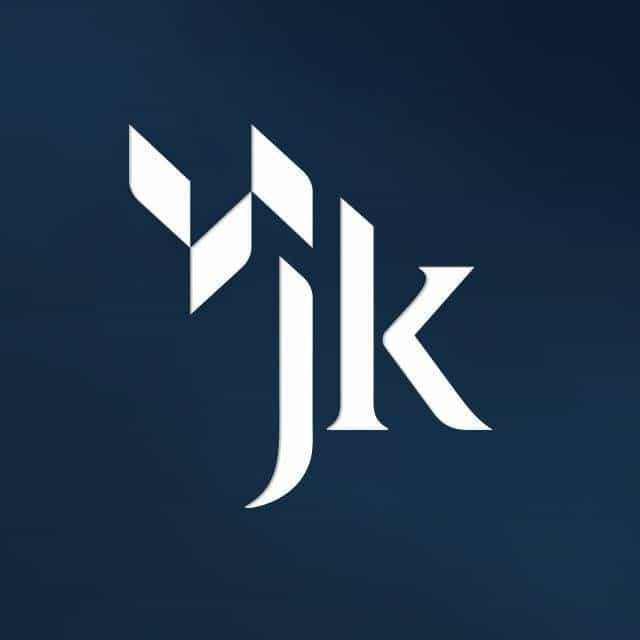
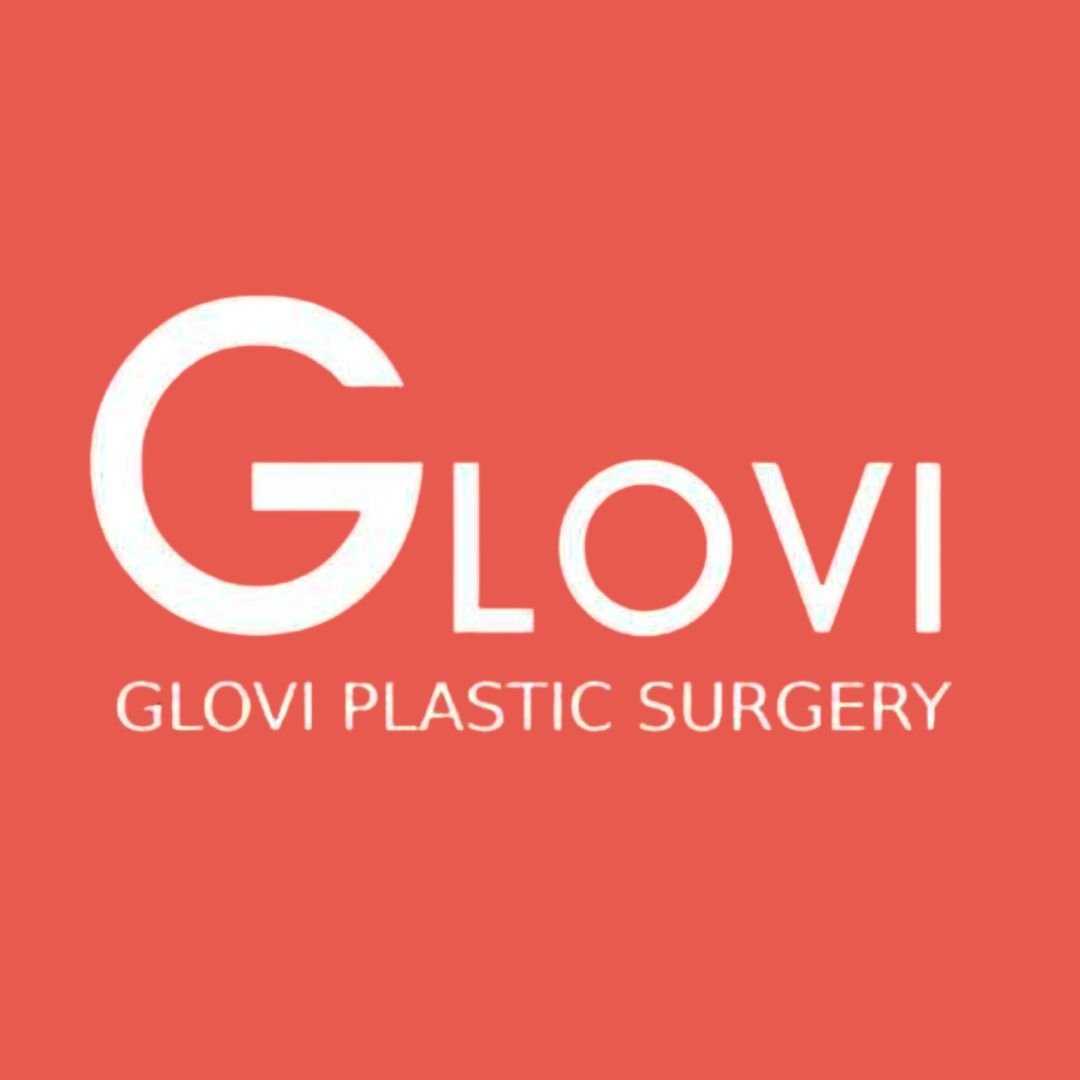

Share this listing